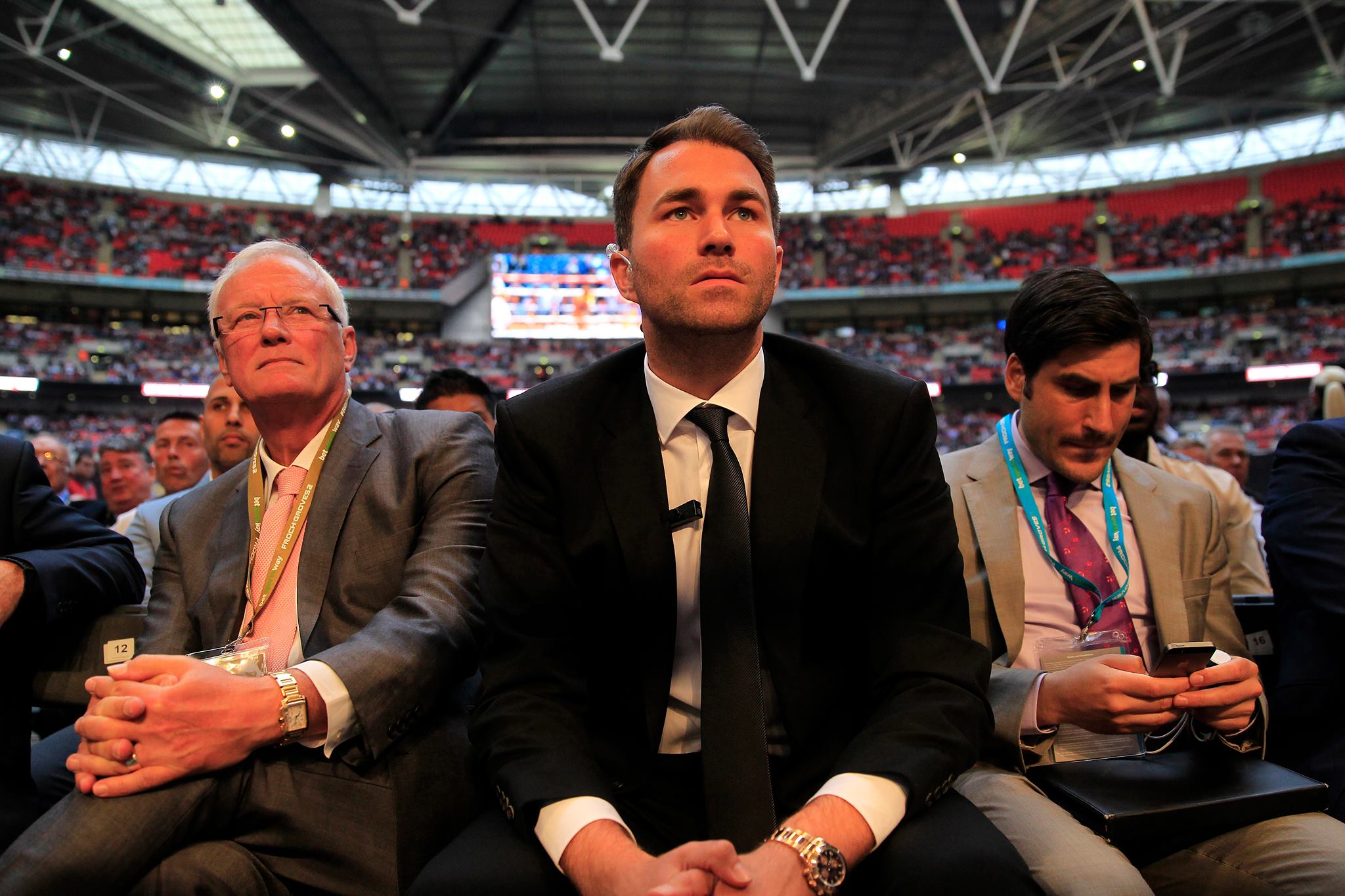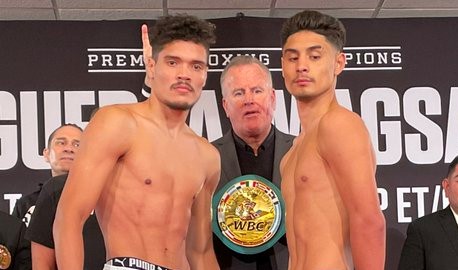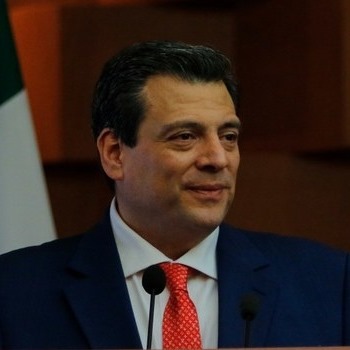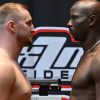By: Jesse Donathan
Jon Jones continues to skid by on the skin of his teeth, on Tuesday January 29th the Nevada State Athletic Commission (NSAC) approved his licensure within the state of Nevada to continue fighting despite the presence of illegal, banned performance enhancing drugs in his system. The ruling is ultimately centered around the hypothesis that Jones has already been punished for his original transgressions and that his most recent drug testing failures were the results of lingering, residual effects from the original alleged accidental ingestion of Turinabol from legal, but contaminated substances. That original flagged test resulted in Jones’s UFC 214 victory against Daniel Cormier being overturned and Cormier reinstated as the UFC light heavyweight champion.

According to a January 29, 2019 sherdog.com article titled, “Jon Jones granted one-fight license by NAC, cleared for title defense at UFC 235” author Tristen Critchfield writes, “after lengthy testimony from a number of experts during an evidentiary hearing on Tuesday, Jones was licensed by the Nevada Athletic Commission, clearing the way for him to put his belt on the line against Anthony Smith on March 2 at the T-Mobile Arena in Las Vegas.” Critchfield would go on to state among those experts was Dr. Daniel Eichner, Director of Sports Medicine Research and Testing Laboratory, a World Anti-Doping Agency (WADA) accredited lab. According to Critchfield, “The gist of Eichner’s testimony was the same as what he revealed in a letter to the California State Athletic Commission prior to UFC 232: There is no evidence that Jones re-ingested the banned substance.”
This, of course, is coming from a director of a WADA accredited lab, the same WADA that accredited the UCLA lab where all of Jon Jones’s December 29, 2018 fight night drug testing samples were sent to where two out of the three samples taken failed to detect any banned substances at all in Jon Jones’s system.
The Critchfield article would go on to state:
“Eichner added that the M3 metabolite of Turinabol does not have performance enhancing qualities on its own, and that if only the M3 metabolite is detected — and not parent compounds or shorter-term metabolites — it can be determined that the substance has not been taken for “a while.” However, Eicher said there is no exact timeframe for how long the M3 metabolite can be detected.”
As was previously reported, according to a January 25, 2019 Bad Guy Inc. YouTube video titled, “When did a failed drug test, stop being a ‘failed drug test’?” former UFC fighter and current ESPN analyst Chael Sonnen, someone who knows a thing or two about ingesting banned substances and NSAC disciplinary hearings, gave us his assessment of the situation:
“But now the question comes down to how three agencies test him all in the same night and two of them missed it. I’m a little confused how there isn’t a spotlight and a question mark on how USADA, with an 11-million-dollar yearly budget missed it on the same night that California, who then submitted it to the WADA lab at UCLA missed it but VADA who collected the sample on the same night, submitted it to the same lab caught it.”
In a January 29, 2019 usatoday.com piece titled, “Light heavyweight champion Jon Jones granted one-fight conditional license for UFC 235” by mmajunkie authors Steven Marrocco and John Morgan we learn that part of the requirements for the conditional licensing includes Jones financing and submitting to additional testing by the NSAC over the next 40 days, “or until the March 2 pay-per-view event.”
According to Marrocco and Morgan, NSAC Chairman Marnell and, “other commissioners harshly criticized USADA for withholding the results of two adverse findings in August and September 2018 that showed trace amounts of the M3 metabolite of oral Turinabol in Jones’ urine.” The NSAC chairman would go on to be quoted within the article as stating, “”The public ain’t buying this, and I’ll tell you, I ain’t buying this,” Marnell said. “It’s weak and it’s soft.”
Unfortunately for Marnell, not only is the public not buying this but the NSAC isn’t getting a pass either. Literally nothing has changed since UFC 232, where the NSAC refused to sanction Jones in the state of Nevada due to an “atypical” drug test result from Jones and the entire event was moved to The Forum in Inglewood, California in a highly publicized turn of events which saw the California State Athletic Commission (CSAC) license Jones despite the NSAC’s refusal to do so. According to a December 28, 2019 mmafighting.com article titled, “CSAC was not given Jon Jones adverse finding information before December hearing” both USADA and the NSAC knew of the “atypical” result however that information was not shared with the CSAC who went on to license Jones to fight at UFC 232.
Now, we have learned Jones still had traces of an illegal, banned substance in his system following his failure of the Voluntary Anti-Doping Association (VADA) tests which were mandated by the CSAC. And unfortunately, since that time the NSAC has chosen to grant Jones a license while wagging their finger in the air despite the fact they’re hardly without fault themselves. In a recent interview with MMA Tonight on SiriusXM radio, UFC legend Chuck Liddell weighed in on the subject and stated, “If the rules say if you have any (steroids) in your system at all that you can’t fight then you can’t fight. Or change the rules.” Without a zero-tolerance policy or a complete overhaul of the banned performance enhancing drug paradigm everyone involved in allowing Jones to compete comes out looking like participants in a dog and pony show.

















